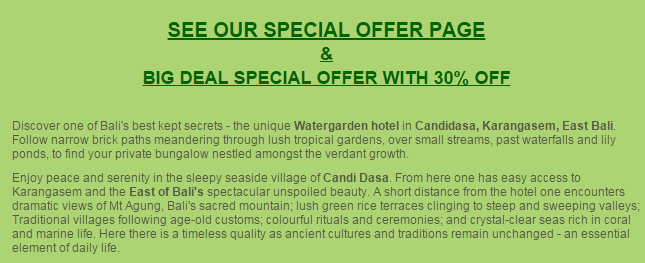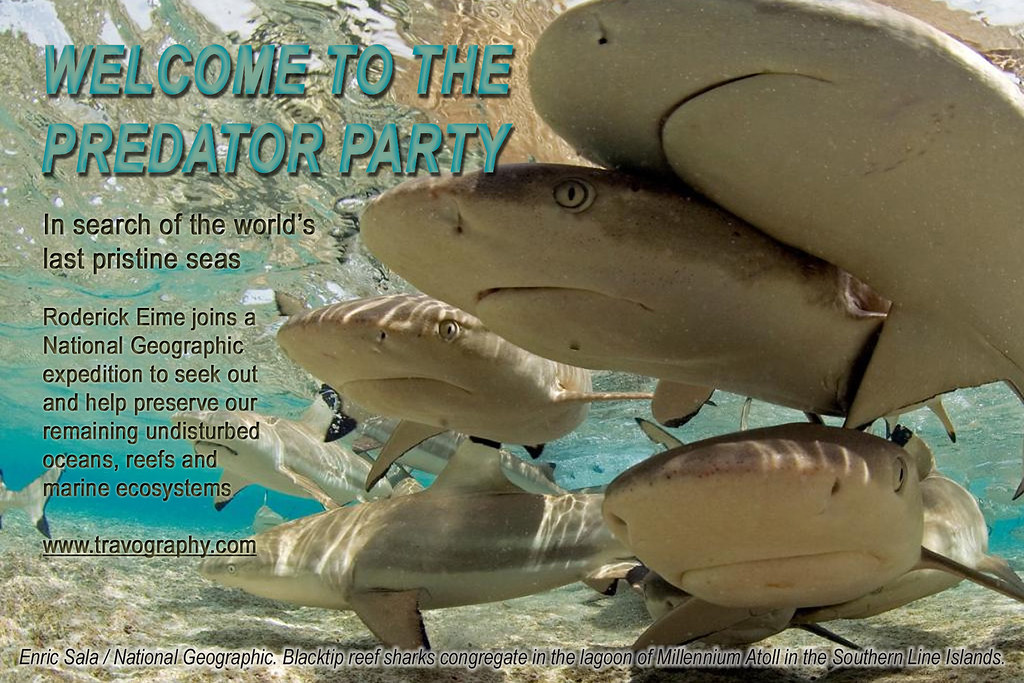Travel journalists, more than ever these days, come in all shapes and sizes. We have our share of prima donnas, snobs and princes/princesses, but the majority of genuine travel journalists just want to get the job done responsibility and respectfully.
The new wave of social media practitioners means that there is an even wider range of skill sets, personalities and experience all requiring their own considerations for PR hosts.
The Australian Society of Travel Writers, where I was a member for more than a decade, issued its own guidelines for PRs wishing to host media. Republished below.
If you have your own observations or advice, we'd love to hear from you. Please comment below.
Related story: PR and Media Survey
The new wave of social media practitioners means that there is an even wider range of skill sets, personalities and experience all requiring their own considerations for PR hosts.
The Australian Society of Travel Writers, where I was a member for more than a decade, issued its own guidelines for PRs wishing to host media. Republished below.
If you have your own observations or advice, we'd love to hear from you. Please comment below.
Related story: PR and Media Survey
GUIDELINES FOR HOSTED TRAVEL
It is common and established practice for travel journalists to accept transportation, accommodation and other travel-related services or products free of charge, or at subsidised levels, which allows them to research destinations and experiences for their work.
It is also common and established practice for providers of travel and travel-related goods and services –airlines, tourism organisations, cruise lines, car hire companies, accommodation providers, tour operators, destination providers and so on – to offer their products free-of-charge or at a subsidised rate, for the purposes of gaining editorial exposure.
In order for both travel journalists and travel providers to maintain professional and ethical standards, the ASTW has produced the following guidelines for both parties. These guidelines are not legally enforceable, but they are prepared in good faith in order that travel journalists and travel providers clearly understand each other’s expectations.
From the perspective of travel journalists, hosting does not mean hiring. Journalists must always retain their independence and integrity. What hosting does mean is fair representation of the destination or product experienced and meaningful acknowledgement of the support provided.
From the perspective of travel suppliers, provision of free-of-charge or subsidised travel products or services is an investment in promotion, and the result must (within reason) reflect this investment. The provider must be acknowledged in a meaningful and realistic way, and the product or service provided must be represented fairly.
It is to be hoped that these guidelines encourage an atmosphere in which journalists can perform their duties without onerous demands from providers, and providers can be assured that their investment in media travel will be respected by journalists through fair, accurate and prominent representation.
GUIDELINES FOR MEDIA HOSTS
To ensure that an investment in media travel results in fair and reasonable coverage, a provider of travel or travel-related services needs to understand the publication or program for whom support is being provided, and preferably the individual being hosted.
For the best outcome, it is requested that the hosting organisation provides the following:
- A detailed itinerary, specifying all travel, accommodation and activity arrangements for the travel journalist, plus contact details throughout the journey
- Clear advice on what is included in the travel arrangements and what must be paid for by the journalist – such as airport taxes, alcoholic drinks and WiFi costs
- Confirmed air travel on all sectors, to ensure that the journalist is able to reach all planned locations. It is requested that standby or subload flights not be used for media travel
- Confirmed accommodation, preferably with a separate room for each travel journalist. Shared facilities can be intrusive, particularly when travelling journalists don’t know each other and/or need to file stories en route
- Professional meet-and-greet services on arrival at the destination’s airport. This is a simple courtesy which enables journalists to move quickly to their next engagement and, where applicable, meet their hosts
- Itineraries developed for mutual benefit. That is, to accommodate the specific interests of the visiting journalist(s) while maximising exposure for the product or service the host is seeking to promote
- Some free time so that visiting journalists can rest between engagements, explore a destination independently and/or have an opportunity to transcribe notes, write reports or use social media. Crammed itineraries can be tiring, and ultimately unproductive, if the journalist is allowed insufficient time to explore a destination independently.
- Where possible it is requested that hosting organisations minimise the number of participating partners in media familiarisation visits, as it is often difficult to ensure that every sponsor is acknowledged in future reports.
Media hosts also are requested to make themselves aware of the various outlets of proposed freelance participants and, where possible, avoid inviting ‘competing’ writers to join the same trip.
GUIDELINES FOR TRAVEL JOURNALISTS
Assistance provided to journalists by travel industry companies is not a donation – it is a business investment upon which a reasonable return is expected.
The ASTW acknowledges that without the financial assistance of travel sponsors, many members would not be able to travel.
In addition, the ASTW believes that where travel assistance is provided for a journalist, it is incumbent upon the journalist to respect the terms of that support, initially through the courtesy of attending events or appointments arranged by the host.
The ASTW asks that its journalist members demonstrate professionalism at all times by:
- Where possible, meeting with the host prior to a trip and ensuring that there is a clear understanding of each other’s expectations – in particular the acknowledgement requested by sponsors
- Not placing unreasonable demands upon hosts – such as by making late changes to itineraries, or requesting upgrades on flights, travel deals for friends or family members, or additional accommodation nights
- Minimising changes to flight schedules, particularly international flights where changes can incur a penalty
- Dressing neatly for hosted flights, events and meetings with sponsors
- Not disclosing to other passengers any details of free-of-charge or subsidised travel. While not a widespread problem, such disclosures have occurred and can anger fare-paying travellers, particularly in premium cabins. Please use discretion when travelling on a hosted trip
- Behaving in a responsible manner aboard sponsored flights, and at sponsored events, specifically in relation to the consumption of alcohol, volume of conversation and appropriate language
- Attending, and being punctual for, all scheduled meetings and activities arranged by hosts, and partners who are contributing to the journalist’s visit
- Checking out of hotels on time and checking in at airports well ahead of flight departure times
- Ensuring payment of personal costs – such as for WiFi, mini bar snacks and telephone calls.
- After a hosted trip, journalists should follow-up with a letter, email or phone call to thank the organiser and provide copies (hard copies, PDF files, links, etc) of work resulting from the sponsored trip as soon as possible after publication/broadcast.
THE LAST WORD
The bottom line when travelling is respect – in the case of hosted travel, this means respect for the hosts, for the journalists, for the destinations, and for the travel industry itself. The ASTW hopes that these guidelines promote goodwill and strong and harmonious relationships between travel journalists and their hosts.



















